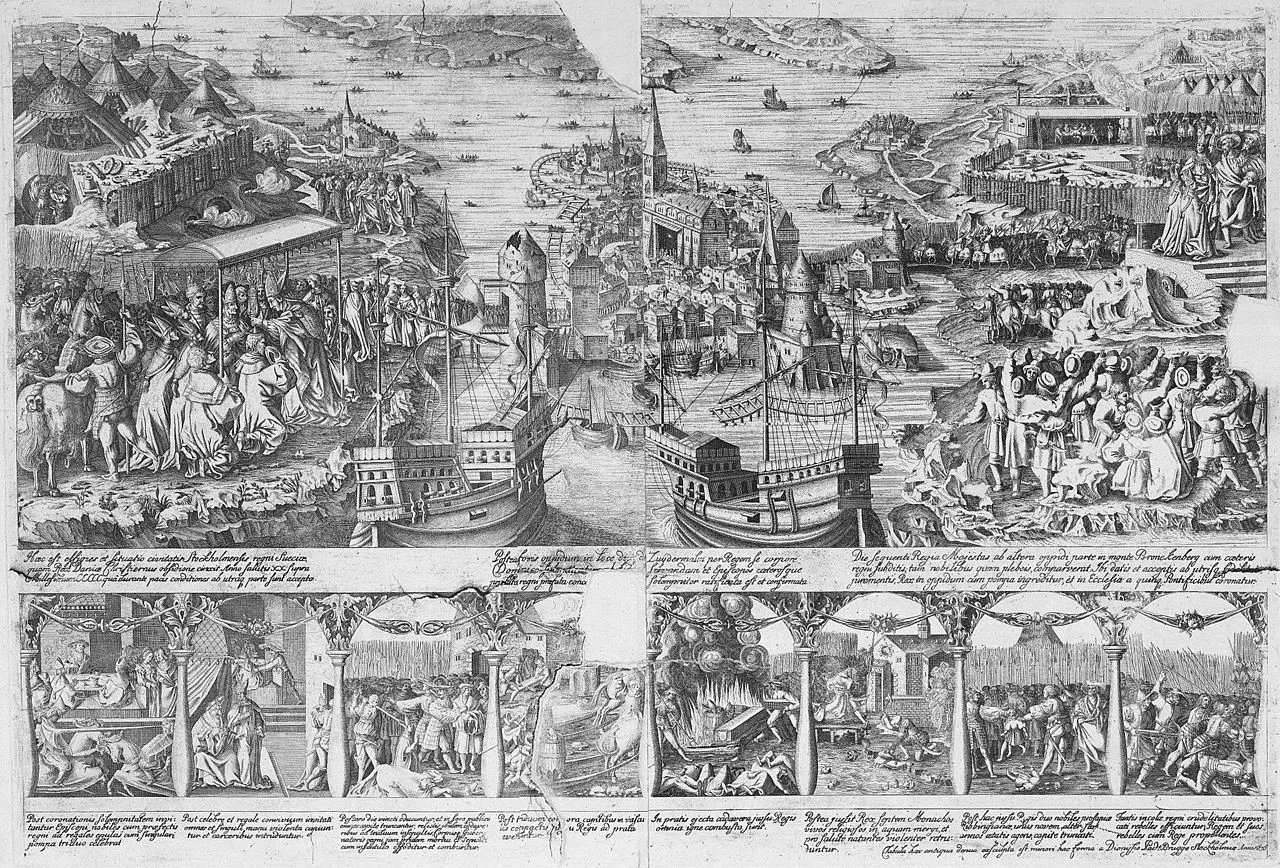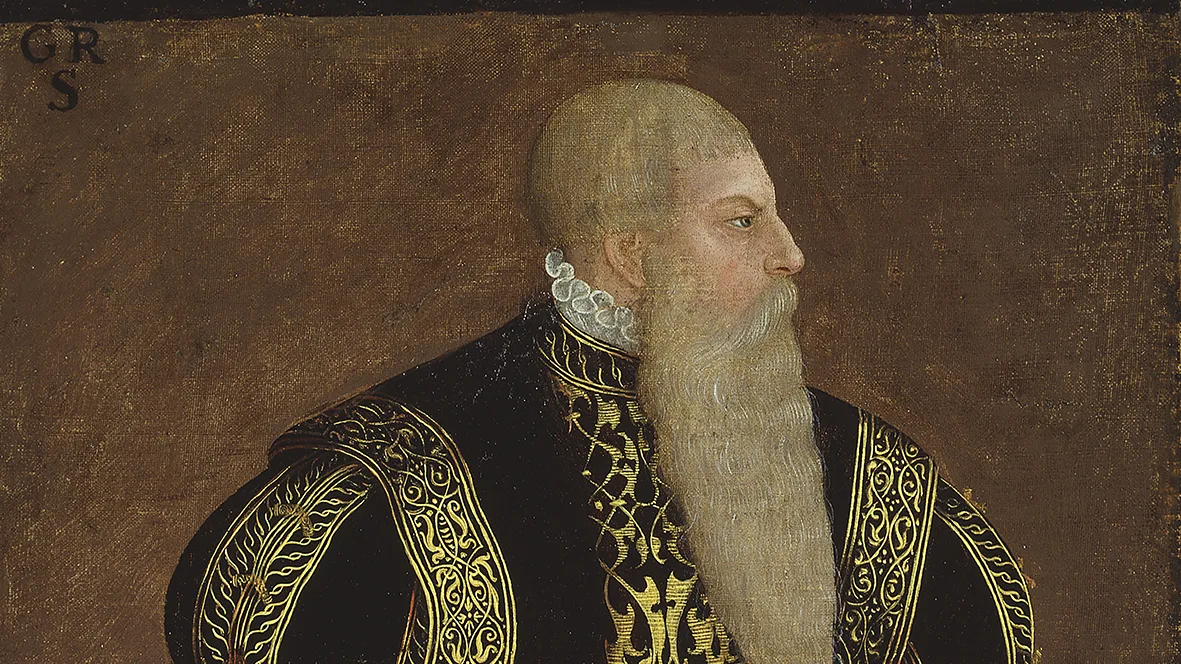The Stockholm blood bath
Viking Age
AD 800 – AD 1100
Middle Ages
AD 1050 – AD 1520
Modern Age
AD 1520 – AD 2025
At the time, Christian II was King of Denmark, and grandson of Christian I, who had been defeated at the Battle of Brunkeberg 49 years earlier. Sweden had broken away from the Kalmar Union and was governed by the regent Sten Sture the Younger. However, Sten Sture had entered into a dispute with the Archbishop of Uppsala, Gustav Trolle. The conflict centred on the archbishop’s claim to secular power, specifically over a castle known as Almarestäket.
Sten Sture’s clash with the Church gave Christian II both the justification and the opportunity to launch military action against the regent. He sent his forces to capture Stockholm on several occasions. Twice they failed, but on the third attempt, the city surrendered. In September 1520, Stockholm’s gates were opened to the Danes, and two months later Christian was crowned King of Sweden.
The Nordic Union was thus reinstated. The Swedish nobility accepted Christian as king, and celebrations were held at the Tre Kronor Castle in Stockholm to mark his coronation. However, on the fourth day of festivities, Archbishop Gustav Trolle suddenly appeared and accused several of the country’s noblemen of heresy due to their association with Sten Sture the Younger. Many were sentenced to death. Nearly 100 people were publicly beheaded in Stockholm’s main square, Stortorget, in Gamla stan (the old town).

There is a well-known image commissioned by Gustav Vasa in 1524 as propaganda to highlight the atrocities committed by Christian II. The original woodcut was unfortunately destroyed in a fire in 1802, but a copy made in 1676 survives and is now held in the collections of the Swedish National Library.
In the image, bishops Mattias of Strängnäs and Vincent of Skara are executed. It is difficult to determine whether Trolle genuinely believed the accused were heretics or whether the charges were merely a pretext for their execution. It is also unclear whether Christian II had planned or was even aware of the accusations, or if he himself was taken by surprise by the sudden turn of events.
Nevertheless, the executions took place. Bishops, noblemen, and councillors were all beheaded in Stortorget, in Stockholm’s Old Town. According to Olaus Petri, a priest and later a reformer who witnessed the bloodbath, even a man named Lasse Hass was sentenced to death simply for weeping at the horrors he had seen.
This is one of the oldest known depictions of Stockholm.






